Remembering Al Foster: Life and Legacy of a Jazz Drumming Legend

Al Foster’s unexpected passing on May 28, 2025 sent shockwaves through the jazz world. At 82, Foster formed a swirling current in modern jazz for more than 60 years. Fittingly, his obituaries described a drummer who was superbly alert and flexible, propelling bands led by Miles Davis, Sonny Rollins and many others. With a career that spanned hard-bop, post-bop and fusion, Foster remained vital and inventive right up to the end. Below, we trace his remarkable journey from a musically rich Harlem childhood, through legendary collaborations and defining recordings, to the tributes that marked his departure.
Early Life and Musical Roots
Aloysius Tyrone “Al” Foster was born on January 18, 1943, in Richmond, Virginia, and grew up in Harlem, New York. He was the second of five children in a musical household. His father played bass and an older brother played congas. The young Foster was drumming on pots and pans before he could read. His first musical hero was bebop drummer Max Roach a 1955 recording of Roach playing “Cherokee” inspired the 12 year old Foster to practice daily on the drum kit his father had given him. By his teens he was already gigging in New York clubs.
Foster’s formal debut came at age 20. In 1964 he recorded with trumpeter Blue Mitchell on Mitchell’s Blue Note album The Thing to Do. Notably, 22-year-old Chick Corea was on piano for that session. Foster remained in Mitchell’s band for three years, appearing on two more Mitchell records and even on an early album by pianist Monty Alexander. These hard-bop gigs honed Foster’s craft and caught the ear of one of jazz’s great innovators.
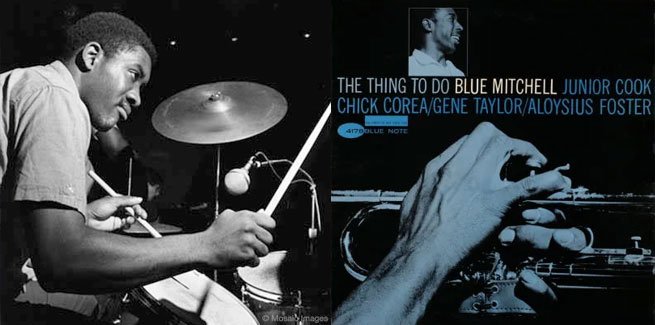
Rise to Prominence: Miles Davis and the Fusion Frontier
Foster’s big break came in 1972, when trumpeter Miles Davis returning from hiatus heard him play at a New York club and recruited him for his band. Replacing Jack DeJohnette, Foster entered Davis’s electric fusion group and immediately made an impact. He first appeared on Davis’s live album In Concert, winning praise for his strong yet supple beat and his ability to adjust effortlessly between bebop swing and searing fusion rhythms.
Davis himself was impressed. In his autobiography he wrote, “He knocked me out because he had such a groove and he would just lay it right in there.” Davis even honored Foster by naming an extended funk jam “Mr. Foster” on his 1972 album On the Corner. Foster went on to anchor Davis’s ensembles through the mid-1970s, playing on classic records like Dark Magus, Agharta, Big Fun and On the Corner. He also appeared on Miles’s 1981 comeback album The Man with the Horn, making him one of the only musicians to play in Davis’s band both before and after Miles’s late ’70s retirement. During Davis’s retirement, Foster kept the trumpeter in touch with the music scene, phoning almost daily and earning Miles’s deep trust.

Throughout those fusion years, Foster’s drumming was notable for its versatility. His ride cymbal could convey the crisp authority of bebop or the deep pull of modal jazz, while his thrashing backbeat drove Davis’s electric funk experiments. Yet Foster never lost sight of swing. After Miles returned to acoustic jazz, so did he. Even at 79, Foster revered legends like Joe Chambers and Art Taylor, yet insisted on forging his own personal sound.
Acclaimed Collaborations with Jazz Greats
After the Davis years, Foster became the go to drummer for many jazz giants. He rejoined Sonny Rollins in the mid 1970s (despite an earlier gig where Rollins jokingly “fired” him after a single performance) and played with Rollins for decades thereafter. Rollins later cited Foster’s Harlem roots as inspiration for the tune “Harlem Boys.” Foster also teamed regularly with Joe Henderson, another tenor saxophone legend. One of his most celebrated dates as a sideman was Henderson’s The State of the Tenor, Vols. 1 & 2 (1985), recorded live at the Village Vanguard. Bassist Ron Carter noted that Foster’s rhythmic flow was all his own as he supported Henderson (and later Jimmy Heath) in that historic run.
Foster’s résumé reads like a who’s who of jazz. He drummed behind pianists Herbie Hancock, McCoy Tyner, Horace Silver and Kenny Barron; saxophonists Dexter Gordon, Jimmy Heath, Larry Willis and Frank Morgan; and horn players from Art Pepper to Illinois Jacquet. In the late 1970s he even joined a Milestones Jazzstars supergroup with Sonny Rollins, McCoy Tyner and Ron Carter – a touring project and live album that celebrated straight-ahead jazz of the day. Through it all, Foster earned a reputation for being in the pocket – setting it up for everybody else to play off while holding down a rock-solid groove. Miles’s oft-quoted line holds: “Al Foster had it all.”
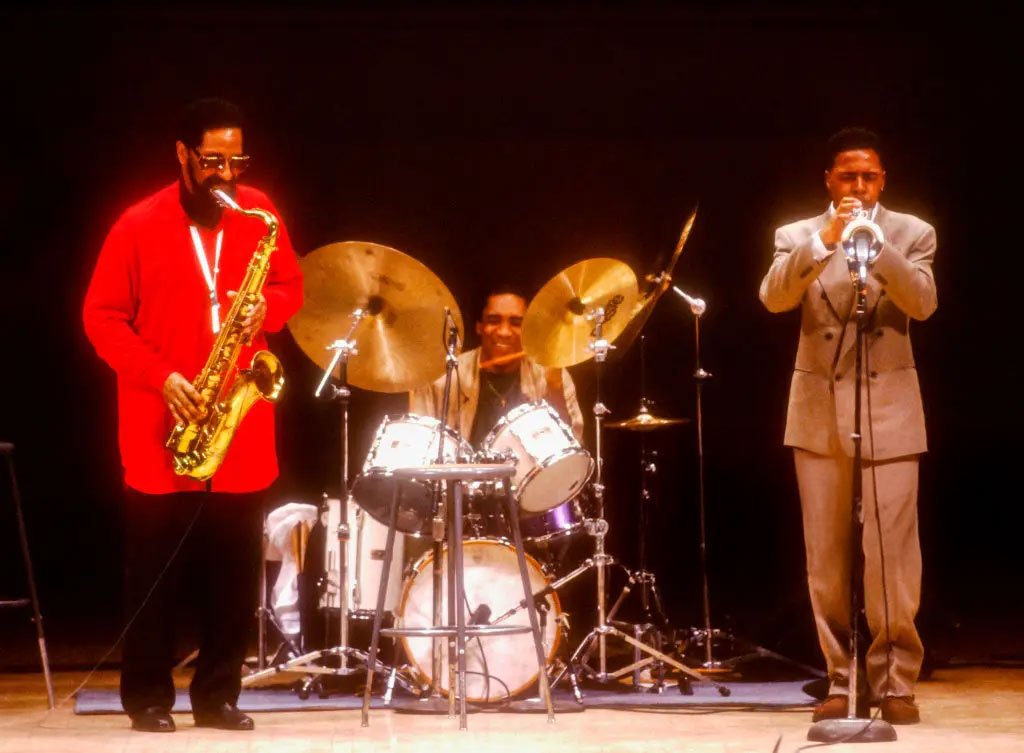
In later years Foster frequently shared the bandstand with multiple generations of players. Even at age 79, he considered himself a perpetual learner. “I’m getting old… I’m not as fast as I used to be,” he told DownBeat in 2022, “but it’s more fresh ideas. I’m always coming up with new stuff when I practice.” Colleagues admired his humility; fellow drummer Jeff Williams said Foster always treated younger players as equals, inviting them into conversations and gear discussions that reflected Foster’s genuine love of the craft.
The Al Foster Sound: Style and Influence
What made Foster’s drumming distinctive? He developed a signature groove with an unusually prominent hi-hat in his comping, even coining the term “reverse hi-hat” for his technique of keeping the hats closed by default. Critics emphasize that Foster’s sound was deeply rooted yet highly personal. He absorbed influences from Max Roach to Tony Williams, yet insisted history was a means to the end of developing a personal sound. His riding patterns could swing like an Art Blakey inspired hard bop drummer or swirl into modal jazz textures, and his funk backbeat added fire whenever called for.
Foster’s style had a quiet assertiveness: he rarely showed off with flashy solos, but his sense of swing and timing made him a drummer other musicians wanted. Miles Davis famously said Foster could “lay it right in there” groove-wise, even titling the funky “Mr. Foster” in his honor. Fellow musicians echoed this sentiment. After a Village Vanguard gig with Joe Henderson, Jeff Williams told UK Jazz News that watching Foster interact was like seeing the masters at work – “so smooth, so swinging, even understated with his dynamics and subtlety and all these little things he invented.”
As a bandleader, Foster was modest on records (only eight albums under his own name in nearly 50 years), but he mentored and influenced many younger players. Saxophonist Eli Degibri and bassist Doug Weiss were long-time members of Foster’s bands in the 2000s, soaking up his ideas. Even without formal teaching roles, Foster inspired drummers across jazz by example. He never stopped exploring; as he put it, “I hate it if I keep playing what I know… Show me something I don’t know. I want something different.”
Later Career and Final Recordings
Into his 70s, Al Foster enjoyed a late career renaissance. In 2003 he co-led Oh!, a ScoLoHoFo project with John Scofield, Joe Lovano and Dave Holland, which reignited interest in Foster as a bandleader. Throughout the 2010s he became a fixture at Smoke, the Upper West Side jazz club. Smoke’s house label released Foster’s two most recent albums. In 2019 he recorded Inspirations and Dedications, and in 2022 followed with Reflections. Foster called Reflections “my best record yet,” featuring a quintet with Nicholas Payton, Chris Potter, Kevin Hays and Vicente Archer. Critics praised the album’s blend of hard-swinging post-bop and thoughtful composition. Fellow drummer Joe Farnsworth recalled attending Reflections’s Smoke release party, marveling at how effortlessly Foster led the band at age 79.
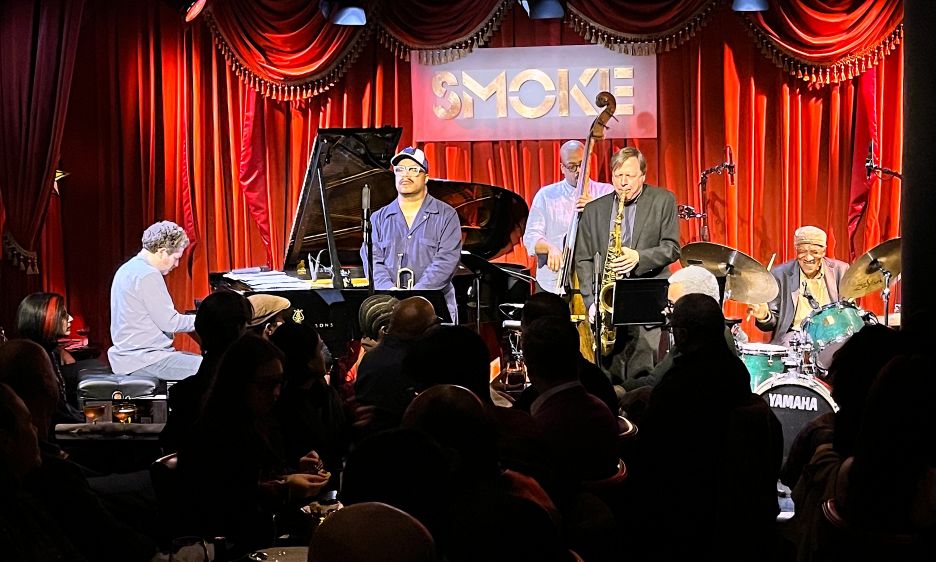
Foster also documented his live energy on record. Love, Peace and Jazz!: Live at the Village Vanguard (2008) showcased him fronting a quartet including saxophonist Eli Degibri and pianist Kevin Hays. In interviews he said he was still practicing two hours a day, “two sets in my living room” – to keep ideas fresh. DownBeat observed that even after seven decades on the scene, Foster never lost the feel of a hungry young musician, always curious, always swinging.
Foster remained a commanding presence on the bandstand until the very end. In 2023 he performed regularly, leading his own bands in small New York clubs and continuing his weekly residency at Smoke well into 2024. “It’s always about learning,” he said in 2022, even as he admitted that time was limiting his speed. “I’m not as fast as I used to be… but it’s more fresh ideas.” This mix of wisdom and energy earned him DownBeat’s Drummer of the Year honors and made him a living link between jazz’s past and present.
Passing and Tributes
On May 28, 2025, Al Foster died at his New York City home at the age of 82. His longtime partner, Bonnie Rose Steinberg, confirmed that he had been fighting a serious illness. He is survived by Steinberg, four daughters (from a previous marriage) and six grandchildren. The jazz community immediately mourned the loss.
Major outlets ran moving obituaries and remembrances. NPR’s Nate Chinen wrote that Foster’s “superbly alert and flexible drumming formed a swirling current in modern jazz.” DownBeat ran an In Memoriam piece noting that Foster was “truly a drummer to the stars” and the only musician to play with Miles Davis both before and after his retirement. New York jazz station WBGO dedicated its “Art of the Story” podcast episode to Foster, calling him “the late legendary jazz drummer” and reminding listeners they could hear him live on a 2012 Vanguard broadcast.
Fellow musicians also paid tribute. Sonny Rollins and Herbie Hancock shared memories on social media, calling him both friend and defining voice of jazz. Producer Michael Cuscuna of Smoke Sessions noted Foster’s lasting mentorship of younger players. On the floors of Smoke and other clubs, musicians left bouquets and cards in a spontaneous memorial. Across jazz journals and blogs, the message was the same: Al Foster’s heartbeat—his swing, groove and spirit—will continue to resonate in the music he helped shape. His drumbeats endure, inspiring continuous waves of musicians who seek to capture even a fraction of his rhythmical brilliance.
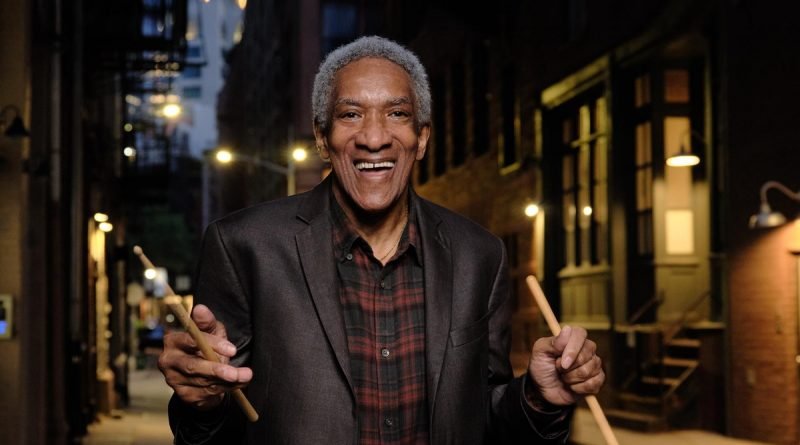
Al Foster may be gone, but his influence lives on every time a jazz drummer keeps time with quiet confidence, every time a band swings in perfect sync. His story, from Harlem kid to jazz legend is now part of the jazz canon, richly documented and fondly remembered by the music he loved.
This post was created by Peter Antheunis
Sources: npr.orgnpr.orgdownbeat.comaxs.tvnpr.orgnpr.orgnpr.orgnpr.orgdownbeat.com, including NPR, DownBeat, Pitchfork, WBGO, and interviews. These sources provide the biographical details, career highlights, quotes and tributes cited above.





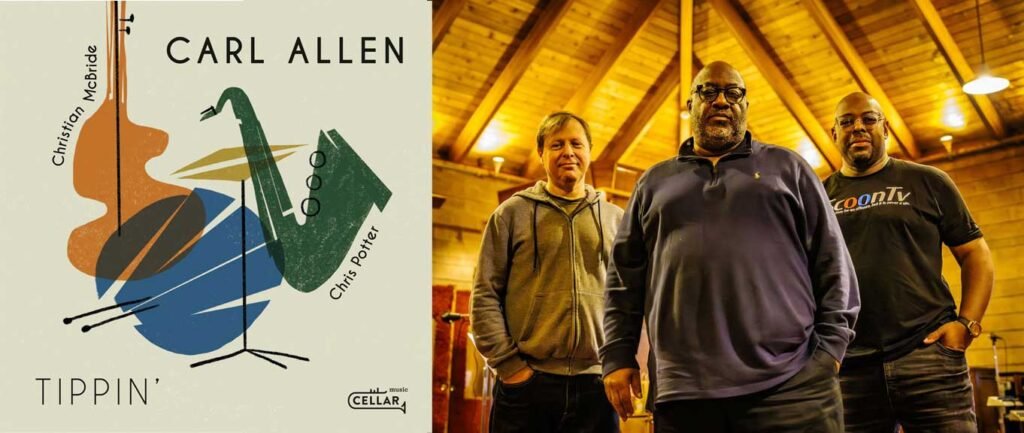
Responses